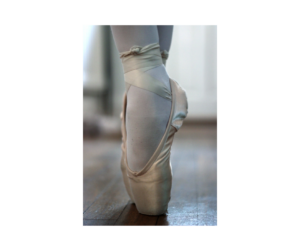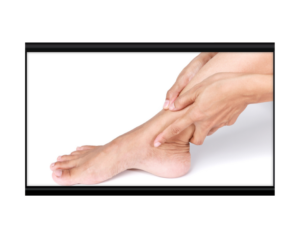Top 3 Dance related ankle injuries

Posterior Ankle impingement “Dancer’s heel”:
Commonly seen with pointe dancers but can be seen in dancers who compete and dance several hours a week. With posterior impingement, there is posterior ankle pain that is caused by forced plantarflexion (pointing the foot and when in releve). The pain is typically caused by aggravation of a tendon or the joint capsule. Another possible cause of impingement is also the presence of an Os Trigonum, a sesamoid bone off the talus that is compressed with extreme ankle plantarflexion. Treatment is typically rest and avoidance of pointe dancing in addition to physical therapy to improve mobility and strength.
Flexor Hallucis Longus (FHL) Tendonitis:
The role of the FHL is to point the big toe and help stabilize the ankle. When dancing several hours and days a week the tendon can become irritated and inflamed from repetitions of releve and impact on the foot. The patient is typically behind the medial ankle bone. To reduce pain, dancers begin with reducing pointe work and jumping and will often need physical therapy to improve the muscle strength and ankle mobility.
Ankle Sprains:

Ankle sprains occur when the ankle is rolled or twisted to end range either medially or laterally. An ankle sprain often involves injury or tearing of the ankle ligaments. Ankle sprains are very common in the dance population due to the high volume of hours that they dance. Unfortunately, due to the frequency of ankle sprains in the dance population, dancers often do not properly rehabilitate these injuries. The consequence of this is loss of mobility and stability in the foot and ankle. Following an appropriate recovery plan is crucial to avoid recurrent ankle sprains and to regain the necessary strength to safely dance.
What can a dance medicine physical therapist do to help your recovery with these conditions?
If you have been dealing with pain or an injury that sounds similar to one of these common diagnoses in dancers, you may benefit from formal physical therapy. We offer complimentary discovery sessions at Smith PT and Running Academy to review your symptoms and determine if physical therapy is right for you.